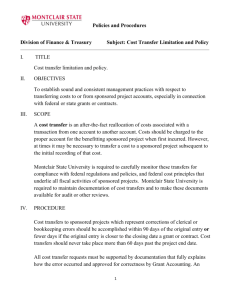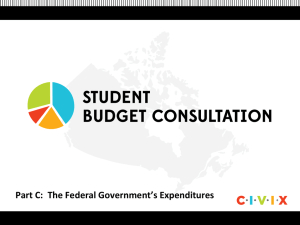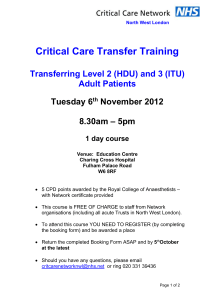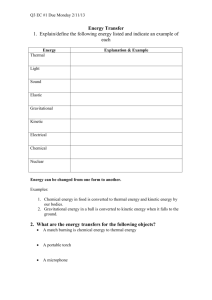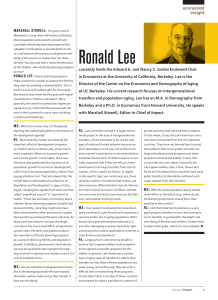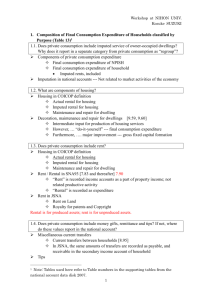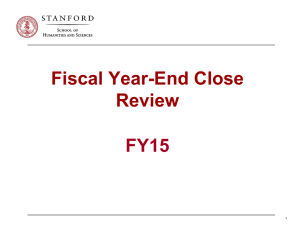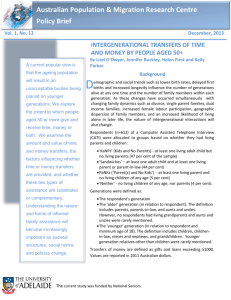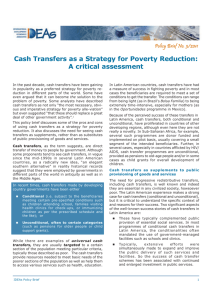Name
advertisement
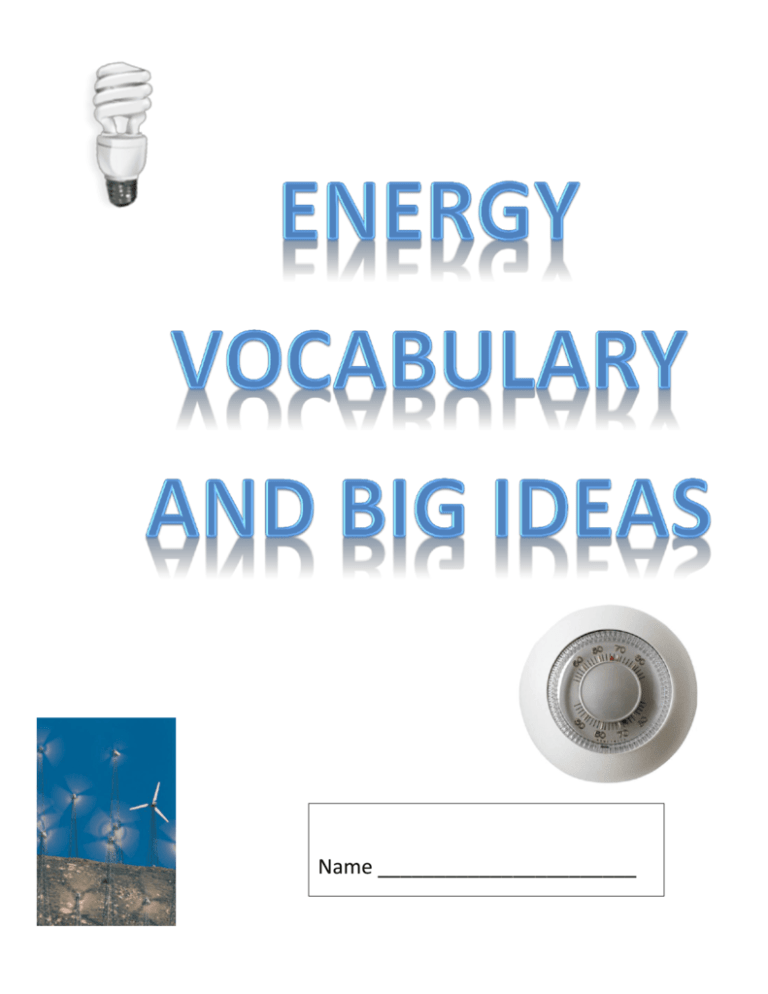
Name _______________________ Energy Vocabulary Lesson 1 Big Idea: Energy takes many forms. We can observe energy all around us. Vocabulary Energy in action Definition Energy that is bringing about change. Stored energy Energy that is available to make things happen but is not bringing about change at the moment. Lesson 2 Chemical The energy stored in materials such as energy food, batteries, dynamite, and gasoline. The chemicals that make up a material determine how much chemical energy it stores. Elastic energy The energy stored in stretchy objects, such as rubber bands, when they are stretched, or springy objects, such as springs, when they are compressed. When stretched or compressed objects are released their elastic energy changes to another form of energy, usually motion. Electrical The energy that electricity provides. energy Energy form A certain type of energy that has specific characteristics. Gravitational The energy stored in objects that are in a energy position to fall, such as the water at the top of a waterfall or a wagon at the top of a hill. When an object falls, its gravitational energy changes to another form of energy, usually motion. Example Heat energy The energy a substance has as a result of its temperature. The higher an object’s temperature, the more heat energy it has. Light energy The energy carried by light rays. Motion The energy present in moving things, such energy as the wind, a racing car, or a soaring ball. Sound energy The energy carried by sound waves. Lesson 3 – Chapter 2 Big Idea: Energy can move, or transfer, from place to place. Sometimes it changes form as it transfers. Energy When energy moves from one object or Light energy – transfer place to another or changes from one form motion energy to another. Solar energy Energy transferred from the sun. Solar Solar panel energy travels to Earth through space and provides warmth, light, and energy for plant growth. Lesson 4 – Chapter 3 Big Idea: Machines help us use energy transfers to perform useful tasks. machine A device that helps people harness energy computer transfers to perform a particular task. Lesson 5 Big Idea: Warmer things lose heat, or transfer heat energy, to cooler things until they both become the same temperature. Line graph A graph in which data points are connected by a line. Often, a line graph shows how something has changed over time. Line graphs are sometimes used to display information that shows trends. temperature A measure of how hot or cold something is. Lesson 6 Big Idea: Warmer things lose heat, or transfer heat energy, to cooler things. Some materials conduct heat energy more easily than others. Conduction The transfer of heat energy through a material. conductor A material that heat energy can transfer through. Fair test An experiment that compares something by changing one variable while keeping all other variables the same. Good A material that heat energy transfers conductor through rapidly. Poor conductor Variable A material that heat energy transfers through slowly. Any factor in an experiment that can be changed. Lesson 7 Insulator A material that slows heat energy transfer. A good insulator is a poor conductor. Lesson 8 Big Idea: Not all transfers of energy are desirable. Often energy is “wasted” or transferred to non-useful forms. Compact A type of light bulb that contains a gas in fluorescent the tube and a special material on the bulb (CFL) glass of the tube. When electricity transfers through it, energy transfers to the gas and then to the special material, which gives off the energy as light. EnergyTo waste very little energy while efficient performing a “job.” Incandescent A type of light bulb that contains a metal bulb filament, or wire, that becomes very hot when electricity transfers through it. This produces light. Lumens Watt (W) A measure of the quantity of light produced by a source, such as a light bulb. The unit used to measure the rate (energy per second) at which electrical energy is used. Wattage A measure of the rate at which a light bulb uses electrical energy. Lesson 9 Big Idea: Energy takes many forms. We can observe energy all around us. Energy can move, or transfer, from place to place. Sometimes it changes form as it transfers. Machines help us use energy transfers to perform useful tasks. Invention An original creation. An invention can be a thing, such as a machine, or a process such as a new way of doing something.
